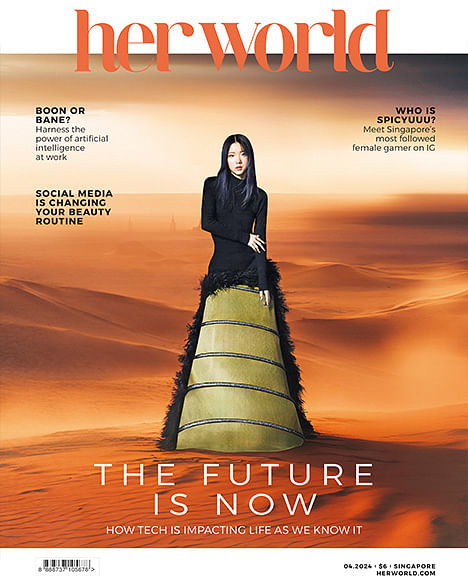
Image: 123rf.com
“I left my job to spend more time with my one-year-old daughter, because I felt that she needed me around and I didn’t want to miss out on her childhood and her development milestones,” recounts Elizabeth Soh, 29.
“When I decided to go back to work a year later, it was daunting. Of course, I was worried that I wouldn’t be as relevant, or that I would have to take a pay adjustment. But the biggest problem was the challenge of being away from my child, who constantly asks why I’m not able to stay home with her. Emotionally, it’s tough.”
Elizabeth’s story is not an uncommon one. A labour force survey by the Manpower Ministry found that in 2015, 273,000 women were out of the workforce because of family responsibilities. The figure has spurred the Labour Movement to recommend a Returnship Programme ahead of this year’s Budget debate to encourage more women to return to work.
The programme is similar to an internship – women join a firm on a trial period of two to four months while receiving a wage. If the trial is successful, the position is formally offered and the candidate receives further training. Other recommendations include career counselling and encouraging workplaces to be more accepting of workers who have been out of the game for some time. It sounds like a tremendous step forward, but just how feasible is this programme? And more importantly, what’s holding these women back?

Image: 123rf.com
Problem 1: Not being in the right headspace
Kim Underhill, President of Daughters of Tomorrow (an organisation that supports underprivileged women) points out that one of the biggest problems is a lack of confidence and the sense of overwhelming uncertainty when they decide to return to work. “Some of these women have been at home for too long and they need to adjust to having the mindset of going back to a 9-5 job,” Kim explains.
“The benefit of having a trial period is that it would ease this transition and allay the fear of the unknown. They need to regain their confidence and sense of self-importance.” And because it’s a two-way street, companies are also able to better ascertain if the candidate is the right fit for the position before making formal offers.
It was a lack of self-confidence that initially impeded 37-year-old single mother Renemarlina. With two young children, she knew she needed to get at least secure a part-time job. But her unavailability for full-time work and three-year unemployment meant countless rejections, and her insecurities set in.
It was only after a confidence training programme with Daughters of Tomorrow did she regain the strength to tackle the job hunt with renewed fervour. This determination paid off when she landed a job as a part-time basic care assistant at the Singapore General Hospital.

Image: 123rf.com
Problem 2: The children are not being taken care of
Beyond the job hunt, there are more practical considerations. Jolene Tan, Head of Advocacy and Research of AWARE, points out that mothers need more help with childcare. “There needs to be a greater state support for childcare,” she says.
Not all women can afford childcare, so this in turn, gives them less incentive to go back to work. Jolene points out that some subsidies for childcare are only granted to women who are employed – what she describes as a chicken and egg problem. Subsidies should also be given to unemployed women who are actively job hunting, she say. This will allow them to focus fully on securing a job.

Image: 123rf.com
Problem 3: Employers who just don’t get it
The fundamental problem, Jolene believes, is that women are assumed to be the primary caregivers. If men recognised the need to alleviate the stress on mothers, this would be a lot more assuring for mums who want to head back to work.
“What would really help is not assuming that the wife is the default person to perform any task – whether it’s picking up the kids or taking the child to the doctor,” Jolene explains. “It helps to recognise that all this can be shared between both parents.” She believes that this shift in mindset would narrow the gender gap and encourage more employers to be understanding towards mums in the workplace.
Renemarlina also points out that while having an understanding employer is a huge benefit, she reminds working mothers not to take advantage of their good nature.
“There needs to be honesty between the employer and the employee,” she says. “You need to show that you are willing to work and have a positive attitude. This way, you will also set an example for prospective mums who are looking to apply for jobs.”


